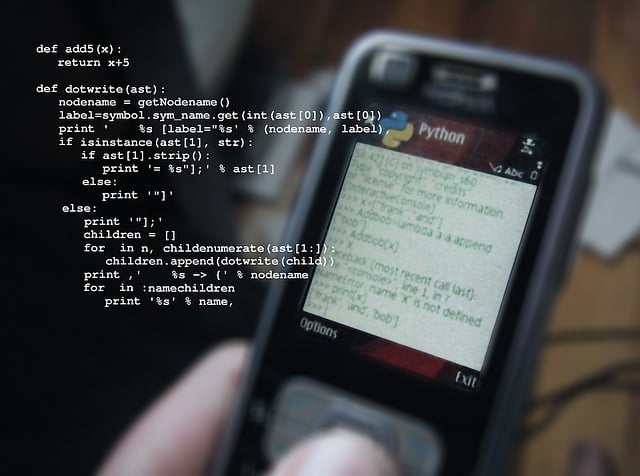
A recent report from Xavier Mertens, a Senior ISC Handler and Freelance Cyber Security Consultant, sheds light on a concerning trend in the cyber threat landscape. Cybercriminals are increasingly utilizing legitimate Python libraries in malicious scripts, leveraging their capabilities to execute harmful activities without raising suspicion. The report highlights several Python libraries frequently abused by malware developers, emphasizing that while these libraries are not inherently malicious, their functionalities are being exploited for nefarious purposes.
According to Mertens, malware developers, much like legitimate developers, are taking advantage of the vast ecosystem of Python libraries to enhance their malicious scripts. The most notable repository, PyPi.org, currently hosts over half a million projects, offering a treasure trove of tools that can be misused. Mertens compiled a list of commonly exploited libraries, which include:
- pyWinhook: A library designed to handle global mouse and keyboard events in Windows, often exploited for keylogging and unauthorized input monitoring.
- psutil: A system utility library that provides information about running processes and system utilization, abused for gathering system data and profiling victims’ machines.
- win32gui: Python extensions for the Win32 API, frequently used for interacting with Windows processes and user interfaces, often for espionage or unauthorized control.
- pyperclip: A cross-platform clipboard function library, hijacked to capture sensitive information copied to the clipboard, such as passwords or personal data.
Mertens stresses that these libraries are not malicious by themselves. In fact, many are widely used for legitimate purposes in software development and automation. For instance, libraries like tkinter are used to create GUI applications, while ctypes allows interaction with C libraries. However, these same tools are being manipulated by attackers to serve malicious goals, such as code injection or data exfiltration.
A prime example is the discord library, which facilitates interaction with Discord servers. While designed for community engagement, threat actors often repurpose it as a command-and-control (C2) platform, allowing them to control compromised systems discreetly.
Another alarming discovery in the report is the use of libraries like ftplib, dropbox, and py7zr for data exfiltration. Attackers can easily leverage these tools to transfer stolen data to remote servers, often without detection. In some cases, libraries like sounddevice, combined with the wave module, are used to record audio, turning compromised systems into covert listening devices.
To avoid detection, attackers are also employing Python’s obfuscation techniques, using libraries like marshal and py_compile. These modules help malware developers obscure their code, making reverse engineering difficult for security analysts. By compiling their scripts into byte-code and deleting the original source, they ensure that the malicious intent remains hidden from prying eyes.
The report by Mertens underscores a growing challenge in the cybersecurity community: how to differentiate between the legitimate and malicious use of widely accessible libraries. With Python’s popularity soaring, especially among developers and cybersecurity professionals, it becomes increasingly difficult to monitor and detect malicious activity without mistakenly targeting legitimate applications.
Related Posts:
- Phasing Out NTLM: Windows 11’s Commitment to Kerberos
- Beware of Search Results: Hackers Using Fake Websites to Spread Malware